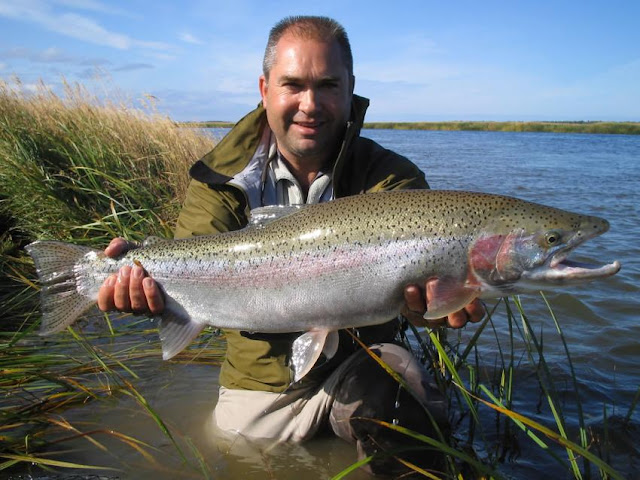If you missed the first series and entry of my trip to Africa please click here : African Adventure Blog Post #1
 I woke up today and I’m pleased to say I feel human again. I’m not sure what it is, but traveling east is much easier for me than the jet lag traveling west. Needless to say I feel partially refreshed right now, and when you have three young children that’s about as good as it ever gets.
I woke up today and I’m pleased to say I feel human again. I’m not sure what it is, but traveling east is much easier for me than the jet lag traveling west. Needless to say I feel partially refreshed right now, and when you have three young children that’s about as good as it ever gets.I have been doing my best to catch up on my work, respond to e-mails and phone calls and of course enjoy walking back through my trip and the images I captured. It’s been really fun going through these images and I’m hoping people will continue to follow the updates as I’m holding a few images close and will display them later as I had waaaay to many favourites to show all at once.
The fuji x100 is quite easily the single best camera I have ever purchased! This is my personal opinion of course but I used this camera for 50 percent of the trip and love it so much. It’s so light, fun, practical and the best part of all, unassuming! The image quality is very good but I value it’s use as a travel camera more than anything else and when you walk into a village or a market with it you get a far better reaction than if you are carrying the paparazzi barrel lenses on a dslr. For the price, you can’t beat it!
A few people have asked me how I made some of the trip possible, sleeping with the Mursi tribe, camping near the Hamer tribe and I could not have done it without the help of Steven Olson and Ethioguzo. Colleen and I were solo traveling in Africa years ago and when we had our crappy tent set up in the Simien mountains one cold night I noticed a guide and his group setting up his trusty canadian MEC tents not too far from us. I immediately liked this guy! We chatted just a little and over the last 7 years kept just enough contact that when I was making the leap to go back to Africa and had these plans in mind I knew exactly who to call. Steven is extremely socially conscious and his team made this possible and better than I could have imagined.
One other question people have been asking me was about my gear and packing. I intend on doing a full blog post on how to pack for a trip like this but until then I’ll let you know that I carried two cameras, a d800 with three lenses, nikon 24 1.4, sigma 35 1.4 (my go to lens) and the nikon 70-200 2.8 and my fuji x100. I have owned the d800 for about two years now and practically never shot with it until this trip. It was incredible, small, durable in very severe conditions and looking now at my files I could not be more pleased with the image quality and size. I’ll never ever complain about large file sizes again. I’m cropping images that are still large enough to print at large sizes, that is so wonderful. I would personally never bring the 70-200 again. I love to pack very light and this monster is not and never will be a lens that I use often enough to lug around with me. I did use it but not enough to justify it taking up more room than most of my clothes combined. For me there is nothing more freeing than one small bag with everything you need in, including clothes and gear.
Please enjoy another set of images from the adventure and the captions provided. It was an incredible personal journey for me and I’m proud to share it with you. As well, I have begun selling prints and pieces from this series and although they are not on a public gallery as of yet (they will be) please don’t hesitate to contact me if you would like to see this art in your own home.







































